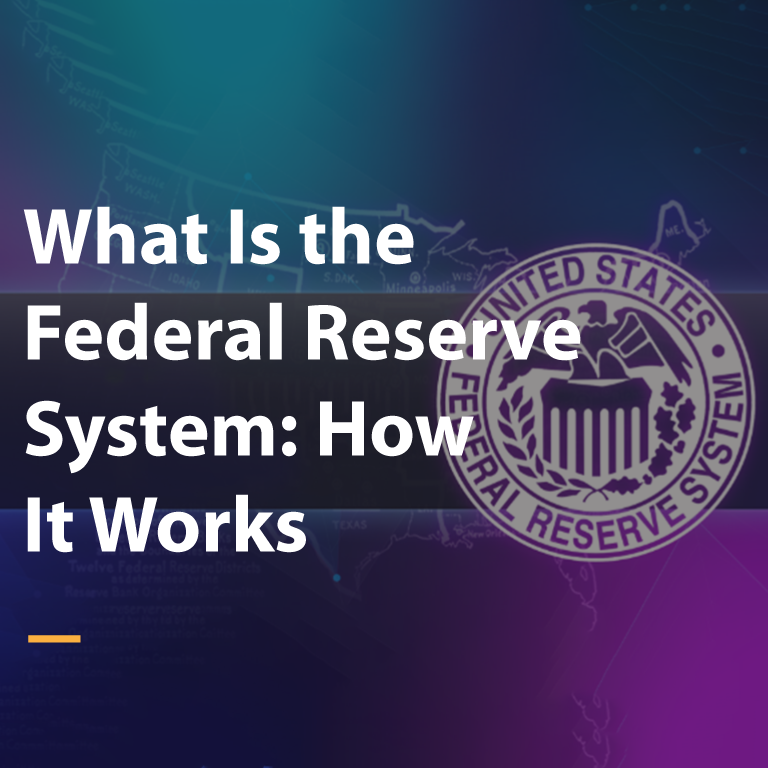Contents
The Federal Reserve System, often shortened to the Fed, is the central bank of the United States. Established in 1913 with the passage of the Federal Reserve Act, the Fed plays a critical role in ensuring the stability and smooth operation of the U.S. economy. This article provides a comprehensive overview of the Fed Reserve System, its structure, functions, and its impact on the nation’s financial well-being.
The Need for a Central Bank: A Historical Context
Prior to the creation of the Federal Reserve System, the U.S. lacked a central monetary authority. This absence often led to financial instability, with bank panics and economic downturns recurring throughout the 19th and early 20th centuries. The Federal Reserve Act sought to address these vulnerabilities by establishing a central bank that could regulate the money supply, supervise banks, and serve as a lender of last resort during times of financial crisis.
The Structure of the Federal Reserve System
The Federal Reserve System is a complex entity with a multi-layered structure. Here’s a breakdown of its key components:
- The Board of Governors: The Federal Reserve Board of Governors is a seven-member body appointed by the President of the United States and confirmed by the Senate. The Board sets the overall direction for monetary policy and supervises the Federal Reserve System’s operations.
- The Federal Reserve Banks: There are twelve Federal Reserve Banks strategically located throughout the United States. Each Federal Reserve Bank serves a specific geographic district and plays a vital role in local economic activity. These banks provide financial services to depository institutions, issue currency, and participate in monetary policy implementation.
- The Federal Open Market Committee (FOMC): The FOMC is the principal policymaking body within the Federal Reserve System. It comprises the Board of Governors, the president of the Federal Reserve Bank of New York, and four rotating presidents of other regional Federal Reserve Banks. The FOMC is responsible for determining the federal funds rate, a key benchmark interest rate that influences borrowing costs throughout the economy.
The Federal Reserve System’s Key Functions
The Federal Reserve System carries out a range of essential functions that impact the U.S. economy:
- Conducting Monetary Policy: The Federal Reserve’s primary function is to conduct monetary policy, which involves influencing the money supply and interest rates to achieve sustainable economic growth, price stability, and maximum employment. The Fed uses various tools to achieve these goals, including open market operations, reserve requirements, and the federal funds rate.
- Supervising and Regulating Banks: The Federal Reserve System plays a critical role in ensuring the safety and soundness of the U.S. banking system. It supervises and regulates banks to maintain financial stability, minimize risks, and protect consumers.
- Maintaining Financial System Stability: The Federal Reserve acts as a safeguard against financial crises by serving as a lender of last resort to banks. It can also intervene in the financial system to prevent disruptions and promote overall stability.
- Providing Financial Services: The Federal Reserve System offers various financial services to the U.S. government, depository institutions, and foreign official institutions. These services include check clearing, electronic payments processing, and currency issuance.
The Federal Reserve System’s Independence
The Federal Reserve System is considered an independent agency, although it is accountable to Congress. This independence allows the Fed to make monetary policy decisions without undue political influence, ensuring long-term economic stability. However, the Fed’s actions are still subject to congressional oversight, and it must operate within the framework of the government’s broader economic and fiscal policies.
The Federal Reserve System and You
The decisions made by the Federal Reserve System have a significant impact on everyday lives. Interest rates set by the Fed influence the cost of borrowing for mortgages, car loans, and other debts. The Fed’s monetary policy actions can also affect investment returns, inflation levels, and overall economic activity. Understanding the Federal Reserve System’s role and its impact is essential for informed financial decision-making.
Conclusion
The Federal Reserve System plays a central role in maintaining a healthy and stable U.S. economy. By conducting monetary policy, supervising banks, and providing essential financial services, the Fed safeguards the financial system and fosters economic growth. As an independent institution, the Federal Reserve System is entrusted with the responsibility of making critical decisions that affect the well-being of all Americans.








